A few random things from the last year…
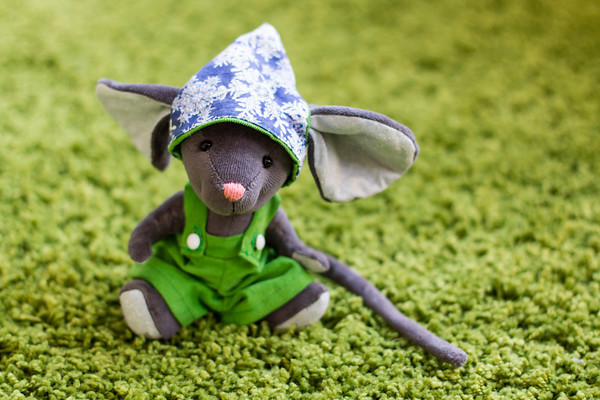 Mousey
Mousey
 Technicolour dream sofa and downsized ‘meh’ t-shirt
Technicolour dream sofa and downsized ‘meh’ t-shirt
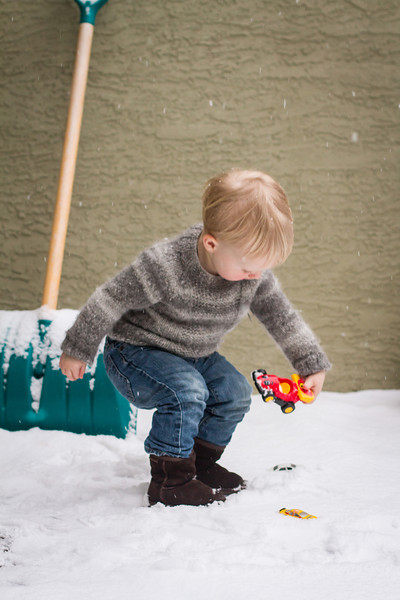 The first piece of clothing I’ve knitted – a little Fisherman’s jumper
The first piece of clothing I’ve knitted – a little Fisherman’s jumper
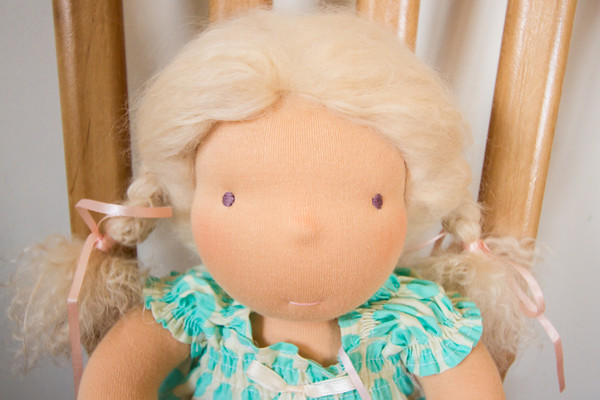 A few of the dolls I’ve made over the last year
A few of the dolls I’ve made over the last year
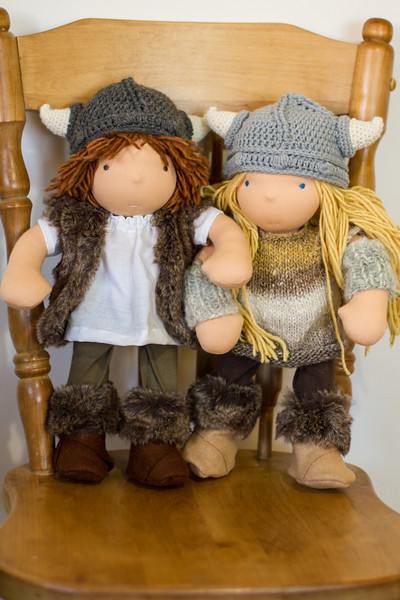 Viking siblings
Viking siblings
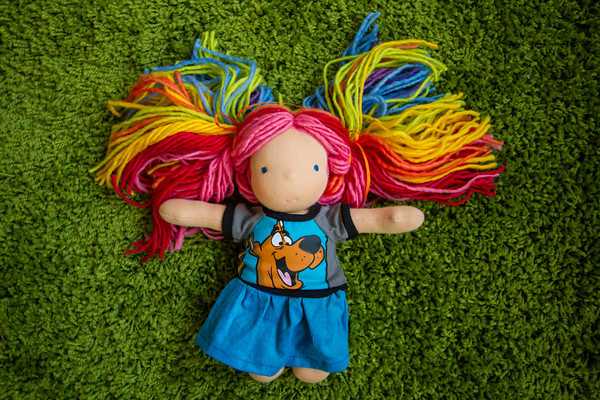 Rainbow girl
Rainbow girl
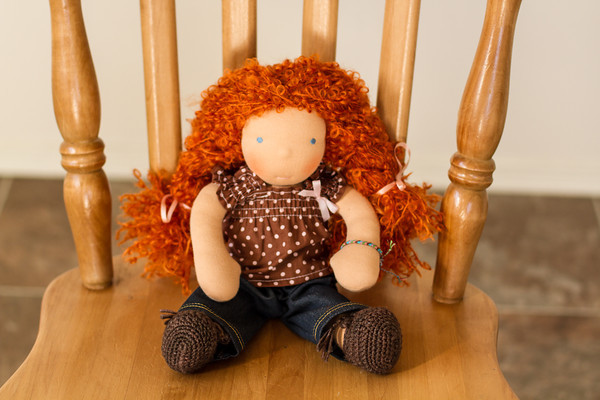
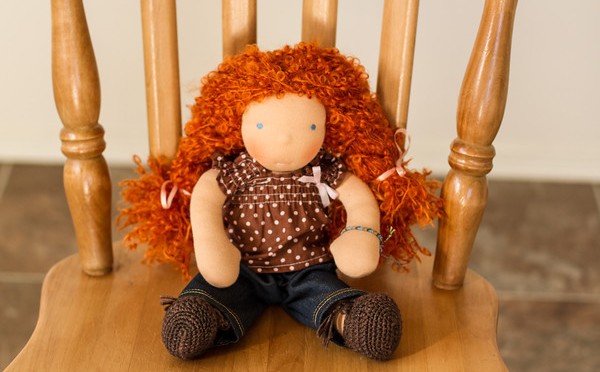
A few random things from the last year…
 Mousey
Mousey
 Technicolour dream sofa and downsized ‘meh’ t-shirt
Technicolour dream sofa and downsized ‘meh’ t-shirt
 The first piece of clothing I’ve knitted – a little Fisherman’s jumper
The first piece of clothing I’ve knitted – a little Fisherman’s jumper
 A few of the dolls I’ve made over the last year
A few of the dolls I’ve made over the last year
 Viking siblings
Viking siblings
 Rainbow girl
Rainbow girl


The babby now has a pair of fancy pants with bicycles on them, as he’s all ready to grow out of his 6 – 12 month sized clothes. Made with echino nico bike fabric (which you can still find somewhere if you hunt around).

First of all, my supplies were ordered from Thru Hiker, and I used the tutorials here and here to make my quilt.

Decide on a quilt size and design
We went with 201cm x 188cm (79 x 74″), tapering to 127cm (50″) wide at the bottom. When deciding on quilt size, remember that there’s about a couple of inches of shrinkage between the nice flat fabric measured out on the floor, to the poofy and crinkly finished quilt.
Most people seem to make footboxes. Neither of us wanted a footbox, but thought that it would be easy enough to retro-add a footbox later if necessary.
The quilt fabric comes on bolts that are about 60″ wide – if you’re going super light, that can be a two person quilt. We’ve spent enough time in tents together to know we don’t want to be forced to always snuggle. As a result we needed twice as much fabric, and to join the fabric to make it wide enough.
We didn’t add draft excluders, but may add them later too. They’d just be flaps of fabric that could be tucked under the thermarest at the edges, adding to coziness.
Baffle height/quilt warmth and how much down will we need?
Based on comfort ratings, I decided on 2.5″ high baffles, which should give a -7oC (20oF) rated quilt.
Down calculations used the formula:
Length x Width x Height = Approximate Volume (cubic Inches)
Divide the Approximate Volume by the fill power of down (900) to determine how many ounces of down you will need.
79″x74″x2.5″ = 14615
14615/900 = 16.2oz
As you have to order from Thru-Hiker in multiples of 3oz, we ordered 18oz, which gave as the recommended 10% extra of down. Although when it came down to it (hehe), we didn’t waste that much. That would be 1.8oz, over a quarter of one of the bags they sent me! Over $15 worth! If you lost that much down, your whole house would be coated in the stuff! I may have inhaled a feather or two, and a few got left behind, and there was that one I accidentally swallowed, but certainly nowhere near 10%.
Ingredients
5 yards 0.9 oz Momentum90-MR Fabric (60″ wide)
5 yards 1.1 oz Nylon Ripstop (60″ wide) (should have got the Momentum90 for this too)
3 yards Nanoseeumâ„¢ Netting (48″ wide)
18oz 900 Fill Power White Goose Down
100% polyester threads (no cotton!)
Sewing machine with a thin needle (I used a 70/10)
General dealing with fabrics
You can’t use pins on the fabrics (unless you enjoy the sport of hunting down that escapes out of all the nice holes you made for it), so it’s masking tape all the way. I allowed 2 inches for all seams, which gives you a good bit of wiggle room. It’s all very slippery. And the shiny side is the wrong side! Also, be alert to make sure you’re only sewing what you want to be sewing – I found the slippery fabrics had a tendency to try and sneak in underneath the foot and get sewn when they weren’t supposed to. Tins of food make handy fabric weights.
Preparing everything
I cut the fabric to the right length, then cut an extra bit to make up the extra width. These two were joined using a french seam.

This was done with the black and the orange fabric, then they were both trimmed to size, with two inch seam allowances.
Masking tape guidelines for the baffles were stuck to both. To make for easy division of our three bags of down, I went for 12 baffled zones, with 6″ between them up the top, and a few 6.5″ ones at the foot, where there was a lot of taper.
The netting was cut to size – it doesn’t hurt to make the baffles a little longer than you need them, just in case. Ours were cut 4″ high, so there would be a 3/4″ seam allowance on the top and bottom.

Sewing the baffles
I found it was just as easy not to try and tape these on beforehand. With the masking tape guidelines you know exactly where you need to sew them (I drew little arrows on the masking tape to make sure I was sewing on the right side, just in case). It’s easy enough to fold them in place as you go, and I found the netting tended to stretch out a little, so my taping was a bit useless anyway, as the extra netting would balloon up.

After sewing all the baffles to one side (I did colourful side first), it was actually easier than anticipated to start sewing them on to the second sheet. With the lines all marked out beforehand, it’s very easy to see where to sew, and you just have to keep the sheet you’re sewing things too rolled up between the foot and sewing machine (see diagram – I found it hard to picture this stage beforehand… the grey things are supposed to be baffles, the orange and black are my fabric layers, the orange with the baffles already sewn to it).


Because the material is so thin and light, the roll is tiny. As when sewing on the first side, you just have to make sure you don’t have any material trying to sneak in underneath and get sewn in the wrong place.

Sewing the edge seams
I did a single sew all the way around 3 of the edges (of course leaving one side open for down stuffing), with a 1cm or so hem. Then a double roll of the fabric, tape it a bit, and sew again, making a nice black trim. Corners I tried to tuck a bit of each side out of the way to make a neat intersection.


THE DOWN!
This is the fun part! After reading a few descriptions, I decided initially to try the wet down method. It sounded much easier. Until I actually tried to get down wet. After five minutes of effort got me less than 0.1oz of wet down (as soon as you put water near a clump, it goes pooof, and explodes the inner dry down everywhere), I decided cleaning up dry down couldn’t be worse than this, and opted for the dry method instead.
I went into our bathroom, using the traditional method of playing with the down in the bathtub. I thoroughly recommend vacuuming the room first.
The down was in three 6oz bags. I’d made sure I had 12 baffled regions (heh), so each bag had to be divided into four. I cut open the down bag, then pulled out handfuls of down and distributed it between the four shopping bags I had. Then the bags were balanced on the semi-accurate kitchen scales until each bag was approximately the same weight. Then take a bag, holding the top closed, insert it into the baffle top first. Push bag down to the end of the baffle (there was easily enough room in there for the bag and my skinny arms). Reach to end of bag, pull out handfuls of down. Move bag up a little. Repeat. Get as much of the down out into the bottom of the section as you can, then pull out the bag, shake all the loose down off it into the bathtub, grab those handfuls and try to convince them to go in the section and not stick to you and the baffle netting. Tape/clip section closed. Repeat another 11 times.


After getting most of the down in, I did a quick vacuum of the room with a bit of pantyhose over the end of the vacuum tube. The retrieved down went in one of the less stuffed sections. Then after re-taping the seam (to get rid of the down-covered bits of sticky tape) I took the whole thing upstairs (miraculously, with no loose down anywhere).
The final seam
It was easy enough to do a basic 1cm seam along the final edge, then roll over and sew to give a nice black trim for the final finish. I then did a double sew around the whole thing, just in case (be careful of the black fabric trying to sneak in from underneath and join the hem party, I accidentally sewed a little bit of it into our hem at one point, and now I don’t really want to unpick it, as it will leave some nice holes for the down to escape out of).



And you’re down! I mean done!
I remember the first time I heard someone mention Waldorf dolls way back on Loobylu’s blog (she’s since up and moved to Canada and barely blogs any more). They are a type of doll made from wool and cotton using some traditional European doll-making techniques, and are used in Waldorf education. The idea is that they’re very simple with basic faces so the child playing with them can let their imagination run free.

I recently fell in love with a few I found while wandering around on that vast online hippy market that is Etsy. And seeing as I’ve got a sewing machine these days, and time at home, I thought I’d try to make one. This is Sarlah, and she’s actually my second attempt, created from a made-up pattern and information gleaned from the internet (hoorah for the internet, as I’m still in the queue for the library book on the subject I tried to borrow).
Styling in fancy Thai Fisherman’s Pants – just the thing for working on her latest beach-side project… not so much for walks in the snowy mountains. Making miniature Fisherman’s Pants seemed like a great idea when I started, less so after many many attempts at creating a pattern that would work on that scale, it was just so fiddly! On the plus side I’ll be able to whip up an adult-sized pair easily now.

She’s even for sale on my Etsy site – yes I have one now – at Adventures with Moosling (I’m still getting the shelves stocked, so far there’s mostly just a lot of photographs. But hopefully Sarlah will soon be joined by some other adventuring hippy doll friends, as making dolls is strangely relaxing and enjoyable.




